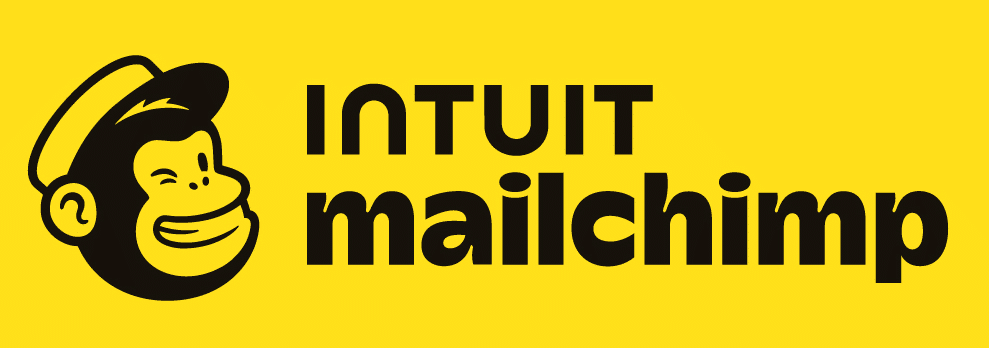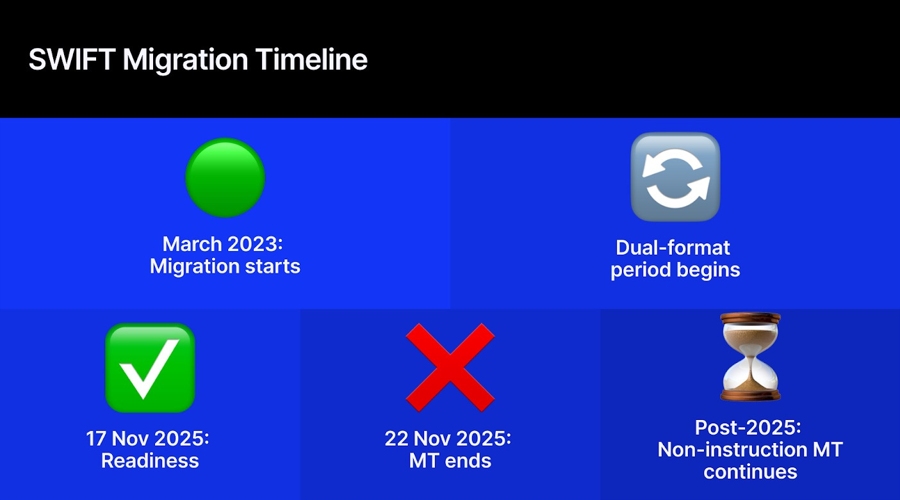We’re on to 2023. What should entrepreneurs, operators and investors expect in this new year?
In 2022, we saw several trends shape the way tech companies do business. Venture capital funding slowed, social media sites were thrown into disarray and crypto turmoil had us flashing back to the dot-com bubble.
The York IE executive team took a few moments to reflect on the year that was — and also did some crystal-ball gazing to identify the trends that will define 2023. Some common themes emerged: more selectivity in investment deals, the growth of generative AI and automation and a shift towards efficient, sustainable business models.
Here’s what they had to say:
Kyle York, CEO and Co-Founder
Smart, savvy founders will take back the power.
The Silicon Valley growth-at-all-costs approach continues to look foolish. The startup ecosystem is questioning why this was ever an acceptable reality.
Pragmatic company growth plans will be rewarded in 2023 and beyond. The power dynamic will shift away from venture capitalists and towards founders of good, healthy, sustainable businesses. Do these savvy founders even NEED huge VC money?
“Dumb money” is dying.
When founders raise money, they sell a piece of their company to others. Whoever the others are, they better bring A-plus value or they’ll be boxed out.
There is an abundance of capital on the sidelines waiting to be deployed in the private technology sector. But not all money is created equal. Founders are getting smarter and looking at investors like co-founders, where the bar is set incredibly high for partnership and complementary value-add. Capital without expertise will be devalued.
Automation requirements will rise, with an emphasis on efficient growth.
Companies across all industries are hyper-focused on operating expenses. Business leaders will accelerate the search for tangible and immediate use cases of AI and ML to improve their bottom line.
Connect with Kyle York on LinkedIn.
 Joe Raczka, Chief Investment Officer and Co-Founder
Joe Raczka, Chief Investment Officer and Co-Founder
Execution will trump thesis and vision.
The fundraising world for companies showing early signs of product market fit — but not strong revenue traction and growth — will still be difficult. Even if investors understand the vision and appreciate how large the market opportunity could be, they will still struggle to make investments in companies that do not have focused, short-term customer traction.
The challenge for tech companies will be keeping their eye on bigger opportunities while still showing early proof points. The days of investors writing checks based on a thesis and vision are gone. Time to bet on founders who you believe can execute!
Founders will be more selective of their investors.
It’s really important to find active investors that add value and bring “been there, done that” experience.
At some point in the future, capital will be plentiful again. Even when that happens, founders will remain selective and have a better understanding of the dynamics of different types of investors. This will be even more important at the earliest stage; you need someone in the trenches with you that can help you get through uncertain times.
Tech laggard industries will topple at a faster pace.
Industries that are ripe for tech disruption — those that have been reluctant to adopt technology and automation — will be forced to adopt new ways of doing things. The younger generations expect automation and more efficient ways of doing things. This will accelerate as companies will look to trim costs, run leaner and increase margin profiles.
Connect with Joe Raczka on LinkedIn.
 Adam Coughlin, CMO and Co-Founder
Adam Coughlin, CMO and Co-Founder
Storytelling is the most important force in marketing.
In a tougher economic climate, traditional customer acquisition activities aren’t going to be as effective. With tighter budgets, customers are going to work more often with companies they feel connected to — companies that spark some sort of feeling. You can create that connection by telling a story.
We’ve all seen the emergence of AI chatbots and content generators (more on those in a second). Anyone can use one of these tools, but expert marketers will be able to rise above the rest with meaningful storytelling that generates a real reaction from their target audience.
Use AI and automation to help you execute.
There’s nothing wrong with using machine learning and AI to generate content, as long as it’s part of your strategy, instead of being your entire strategy.
Lean on people to tell meaningful stories and nail the messaging that guides your content strategy. Use automation to help with execution, content repurposing and other “spinning of the wheel” activities.
Find vendors and agencies that act like an extension of your team.
Companies might not have the budget for additional full-time hires. That makes their selection of agencies, partners and consultants even more important.
You won’t want to spend your limited funds on a partner that feels third-party. The most bang for your buck comes from partners that become a true extension of your team by embedding themselves into your daily workflows and strategy discussions.
Follow Adam Coughlin on LinkedIn.
 Janelle Gorman, CFO
Janelle Gorman, CFO
2023 is the year of efficiency and balance.
Amidst economic uncertainty, revenue and growth is harder to come by — yet expenses are always easily found. 2023 is all about threading the needle with spend.
Companies need to be capital efficient, but not so stringent that it negates any potential for revenue growth. They need to grow revenue, but not with such fervor that they don’t have any efficiency with their capital spend.
Start fundraising before you need capital.
Many companies that planned to raise money in 2022 were disappointed with low valuations across the startup world. But that capital is still needed, meaning many companies are looking towards smaller bridge rounds to hold them over until valuations creep back up.
Investors don’t want to partner with a company that has no cash. You need good capital runway, because investors want to see their dollars put towards growth, not paying bills that you’ve already incurred. In 2023, start fundraising before you truly need money.
Companies have to intentionally settle on their “new normal.”
2023 is a good year for business leaders to decide what their work-from-home or return-to-office culture is going to be, and intentionally put that forward.
While many people refer to 2021 and 2022 as the “new normal,” it was really just “new.” WFH and hybrid models were put in place out of necessity. Treat these past two years as a trial period: What did you like? What didn’t you like? (I for one, think I speak for all of us when I say we can eliminate Zoom happy hours).
Your work habits in 2023 will solidify your culture. If you don’t take a firm stance, you might get locked into the model you’re currently using.
Connect with Janelle Gorman on LinkedIn.
 Mike Veilleux, CTO and Co-Founder
Mike Veilleux, CTO and Co-Founder
Generative AI will help personalize the customer experience.
The world’s eyes were opened this year to the incredible potential of next-generation AI models like OpenAI’s GPT-3 and ChatGPT. In 2023, we will see these generative AI features being implemented across all facets of our lives, revolutionizing the way we interact with technology. Generative AI will enable companies to better understand their customers, create more personalized content, automate content creation and generate more accurate and efficient data models.
This will lead to a more efficient, cost-effective and personalized customer experience, while also improving healthcare, finance and other industries as they become more precise in their predictions and decisions.
Low- and medium-code apps will offer easy customization.
We will see a much more seamless transition between low-code and high-code applications. This will allow companies to quickly and easily customize applications to better serve their customers, while also allowing them to quickly iterate and deploy changes.
Services like Serverless.com, AWS Amplify and other new entrants will allow companies to quickly customize applications to meet their specific needs, while also being able to quickly deploy changes and updates. This will allow for a much smoother transition between low-code and high-code applications, enabling greater efficiency and faster time to market.
Follow Mike Veilleux on LinkedIn.







































